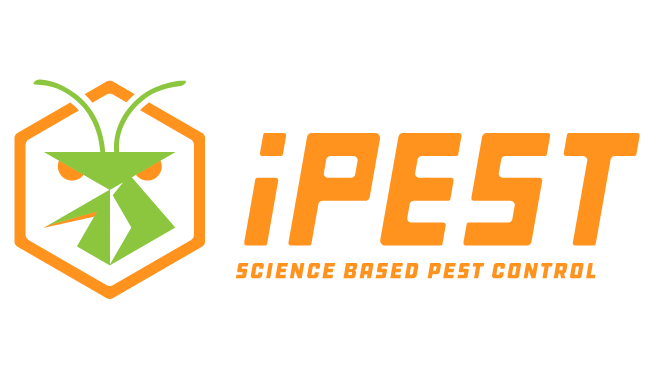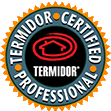Now that the summer season is about to arrive termite activity is in full swing in central Texas. Given the frequency of swarms spotted in urban and suburban areas, experts predict a heavy termite pest season in the region. Multiple species of dampwood, drywood and subterranean termite species can be found in Texas, some of which are pests that attack structural wood. Unlike subterranean termites, drywood and dampwood termites live in single-nested colonies that are contained entirely within single pieces of above ground wood.
Only one species of dampwood termite, Paraneotermes simplicicornis, is an economically significant pest in Texas, and like all dampwood termites, this species only attacks wood that is heavily saturated with moisture, particularly the roots of citrus trees and desert shrubs. This species is more commonly known as the “desert dampwood termite,” and it only attacks wood that is in contact with the ground and crudely processed, such as telephone poles and mailbox posts. The desert dampwood termite is not much of a concern to residential homeowners and it’s problematic only in the southwestern area of Texas.
Drywood termites are unique, and aptly named, for their ability to feed on dry wood, and just like dampwood termites, only swarmers (alates) leave colonies. Alates of most dampwood and drywood termites swarm during the spring season in the south, but fall swarms are also common. The southern drywood termite (I. snyderi), the western drywood termite (I. minor) and the powderpost drywood termite (C. brevis) can all be found in central Texas, but the southern and western species are the most economically significant drywood pests in the region.
Subterranean termites are responsible for a majority of the annual termite damage reported in the US, and the eastern subterranean termite (R. flavipes) is the most destructive termite pest to homes in central Texas. Subterranean termites live beneath the ground where workers leave the nest to gather food. Workers infest the structural wood in homes from the ground up, making substructural lumber components around foundations the most commonly affected areas. Since drywood and dampwood termites literally live within their food source at all times, a worker caste does not exist in their colonies; instead, alates initiate entirely new colonies within structural wood while taking flight. This means that drywood termite damage can occur just about anywhere on a home, making them difficult to detect. However, drywood termite infestations are less damaging than subterranean termite infestation due to the relatively small size of drywood termite colonies.
Have you ever found signs of a drywood termite colony within your home?







